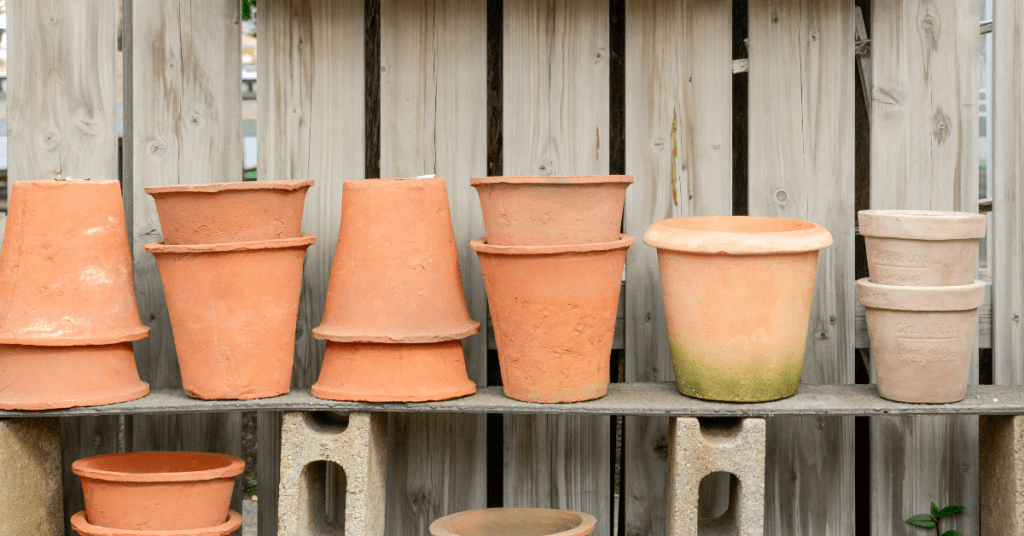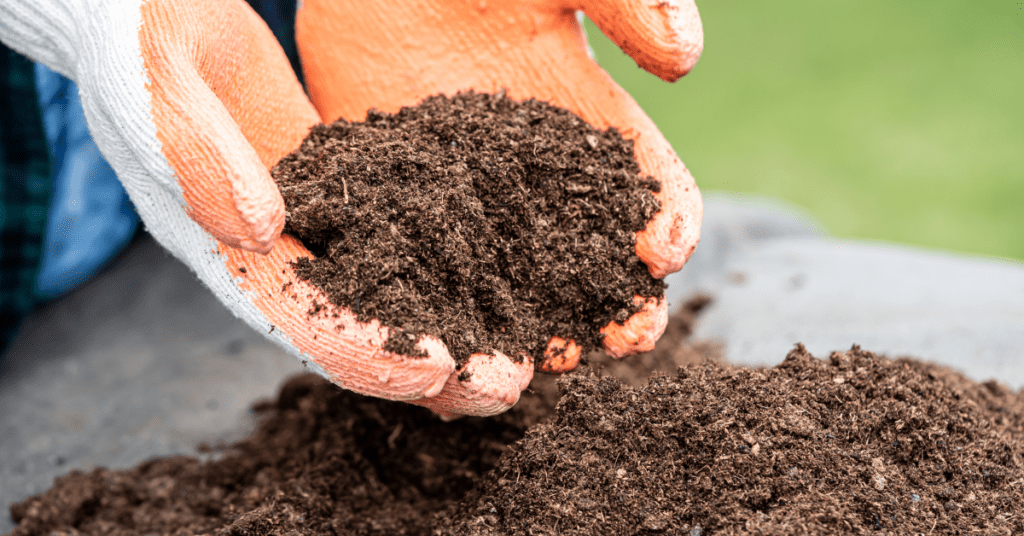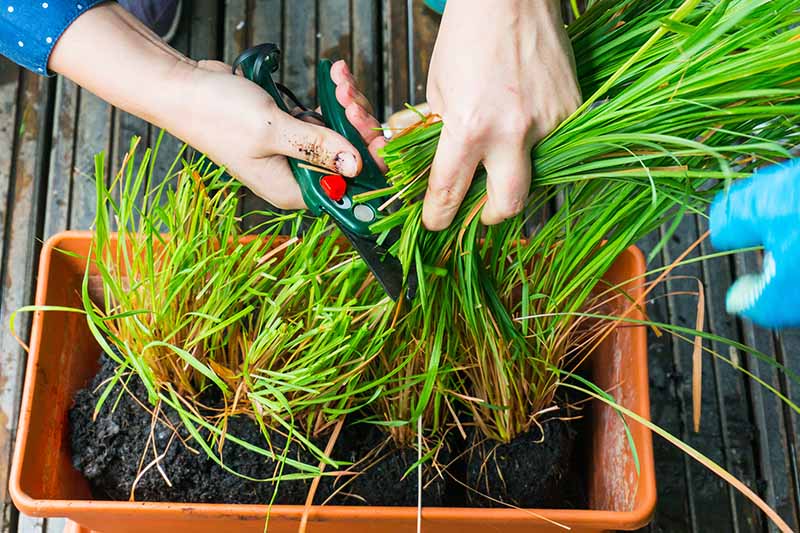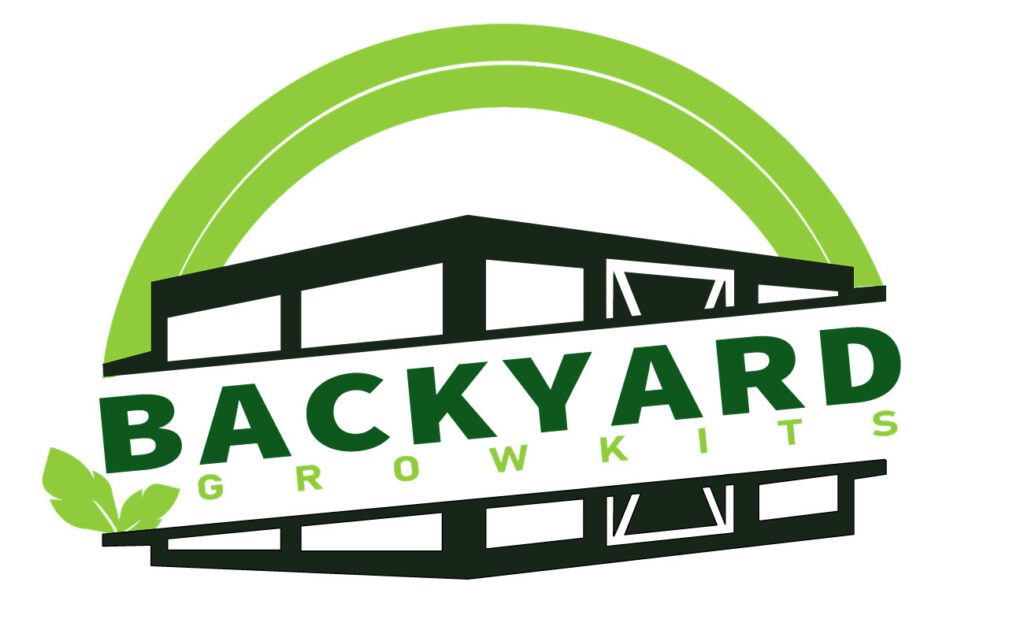Lemongrass is a tropical herb commonly used in Asian cuisine, especially Thai and Vietnamese dishes.
It is easy to grow and has a refreshing lemony scent, which makes it an ideal addition to any herb garden.
Growing lemongrass in pots is a great way to enjoy fresh lemongrass all year round, even in colder climates.
Benefits of Growing Lemongrass in Pots
Easy to Manage: Lemongrass grown in pots can be easily moved around and managed. This can be particularly beneficial in areas with extreme weather conditions, such as frost, where the plant can be moved indoors to protect it from the cold.
Space-saving: Potted lemongrass can be grown on a balcony, patio, or windowsill, making it ideal for those with limited garden space.
Pest Control: Growing lemongrass in pots can help deter pests like mosquitoes and flies due to its natural insect-repellent properties. The plant also attracts beneficial insects like bees and butterflies.
Aesthetic Appeal: Lemongrass is a visually appealing plant that can add texture and color to any garden or outdoor space. The tall, slender stalks add a unique look to a potted plant arrangement.
Harvesting: Potted lemongrass can be harvested year-round as long as the plant is kept indoors in colder climates. This makes it easy to have a fresh supply of lemongrass for culinary use.
Low Maintenance: Lemongrass is a relatively low-maintenance plant and can be easily grown in a pot with well-draining soil and regular watering.
Choosing the Right Pot for Your Lemongrass

First, ensure the pot is large enough for the plant to grow. Lemongrass can grow up to 4 feet tall, so choose a pot that is at least 12-16 inches deep and 12-16 inches wide.
Second, ensure the pot has drainage holes at the bottom to prevent waterlogging.
Lastly, choose a pot made of a durable material such as terracotta or ceramic, as these materials are better at retaining moisture.
Soil Requirements for Growing Lemongrass in Pots

Soil type: Lemongrass prefers soil that is well-draining and rich in organic matter. A good potting mix for lemongrass would contain a blend of peat moss, compost, and perlite or vermiculite to ensure proper drainage.
pH level: Lemongrass prefers a soil pH between 6.0 and 7.5. If the soil is too acidic or alkaline, it can lead to nutrient deficiencies and poor growth.
Fertilizer: Lemongrass requires regular fertilization to ensure it has enough nutrients to grow. A slow-release fertilizer high in nitrogen can be applied every six to eight weeks during the growing season.
Watering: Lemongrass requires regular watering, but it’s important not to overwater the plant, as this can lead to root rot. The soil should be kept consistently moist but not waterlogged.
Drainage: Proper drainage is essential when growing lemongrass in pots, as the plant is sensitive to waterlogging. Ensure the pot has drainage holes and that excess water can drain away easily.
Container size: The size of the container is also important when growing lemongrass in pots. A pot that is at least 12 inches in diameter and 12 inches deep should be used to ensure there is enough room for the plant to grow.
Watering and Fertilizing Tips for Lemongrass
Lemongrass requires frequent watering, especially during the hotter months.
However, it is important not to overwater as this can cause root rot. To ensure proper drainage, water the plant only when the top inch of the soil is dry.
When it comes to fertilizing, use a balanced fertilizer every two weeks during the growing season. You can also add compost or organic matter to the soil to provide additional nutrients.
Sunlight and Temperature Requirements for Lemongrass
Lemongrass requires at least 6 hours of direct sunlight per day. If you live in an area with harsh summers, it is best to place the pot in a location that receives morning sunlight and afternoon shade.
Additionally, lemongrass prefers temperatures between 70-85°F (21-29°C), making it a great plant to grow indoors during winter.
Pests and Diseases to Watch Out for When Growing Lemongrass
Although lemongrass is relatively pest-free, there are a few common pests and diseases to watch out for.
The most common pests include spider mites, aphids, and mealybugs.
These pests can be controlled by spraying the plant with water and neem oil mixture. As for diseases, root rot can be a problem if the plant is overwatered, while rust can occur if the plant is not getting enough sunlight.
Harvesting and Using Lemongrass

Once your lemongrass is fully grown, you can start harvesting the stalks. Simply cut the stalks at the base of the plant, leaving at least two inches of the stalk intact.
To use lemongrass in cooking, remove the tough outer layer of the stalk and chop the inner portion finely. Lemongrass can be used in soups, curries, stir-fries, marinades, and teas.
Common Mistakes to Avoid When Growing Lemongrass in Pots
One of the most common mistakes people make when growing lemongrass in pots is overwatering. As mentioned earlier, lemongrass requires well-draining soil, so water only when the top inch of soil is dry.
Another mistake is not trimming the plant regularly, which can cause it to become overgrown and unmanageable.
Lastly, ensure enough sunlight and heat, as lemongrass requires both to thrive.
Conclusion and Final Tips for Success
Growing lemongrass in pots is a great way to enjoy fresh lemongrass all year round. Remember to choose the right pot, soil, and fertilizer, and provide adequate sunlight and heat.
Additionally, watch out for pests and diseases, and make sure to trim the plant regularly. With a little effort and care, you can successfully grow lemongrass in pots and enjoy this delicious herb in your cooking.
Are you ready to start growing your own lemongrass? Share your experience in the comments below! And don’t forget to share this article with your friends and family who might be interested in growing lemongrass in pots.

